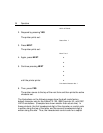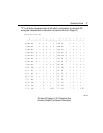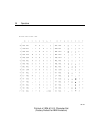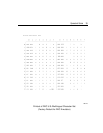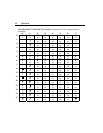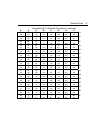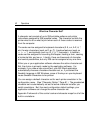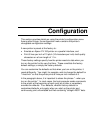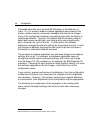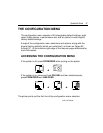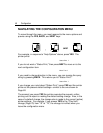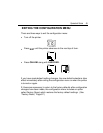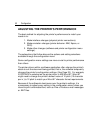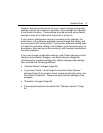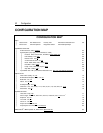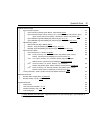
46 Configuration
Formatted data files, such as what MS-Windows, or WordPerfect, or
Lotus 1-2-3, or another modern software application would send to the
printer, contains control commands
*
imbedded with the text to change
many of the configuration settings to something other than the factory or
customized defaults. Typically, a formatted data file contains codes to
select bold versus normal type, near letter quality versus draft quality,
pitch, character set, and on and on. In other words, the software
application changes the printer's settings for the present print job. It does
not change the defaults, because the next time the printer is turned on,
the factory or customized defaults are reset.
The computer's software application can and does change most optional
settings, but not all. For example, the software application does not
change the parallel versus serial port settings, and it does not change
from the Epson FX-100 emulation to, for example, the IBM Proprinter XL
emulation. Choosing the right options for these types of setting—the ones
that software applications do not change—is the main focus of the
configuration menu.
If your printer’s present performance is satisfactory, then the configuration
is likely set correctly for your needs and no changes to the configuration
are necessary. However, if the printer’s performance requires alteration
or improvement, then adjustment of the configuration may be appropriate.
The following is an explanation of the navigation of the configuration
menu, where the default settings can be found and, when necessary,
changed.
*
Control commands are covered in other sections of this manual.



